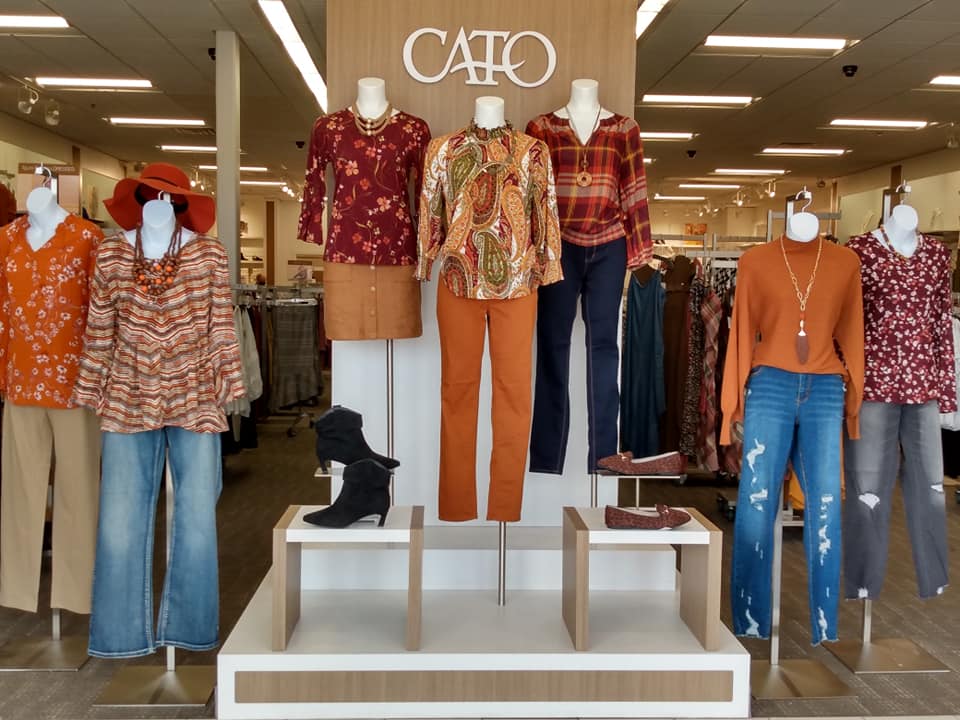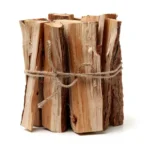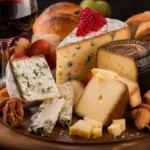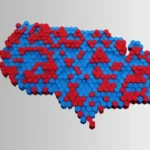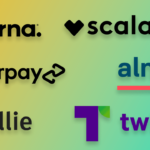Now Reading: The Enduring Allure of 50s Fashion: A Complete Guide
-
01
The Enduring Allure of 50s Fashion: A Complete Guide
The Enduring Allure of 50s Fashion: A Complete Guide
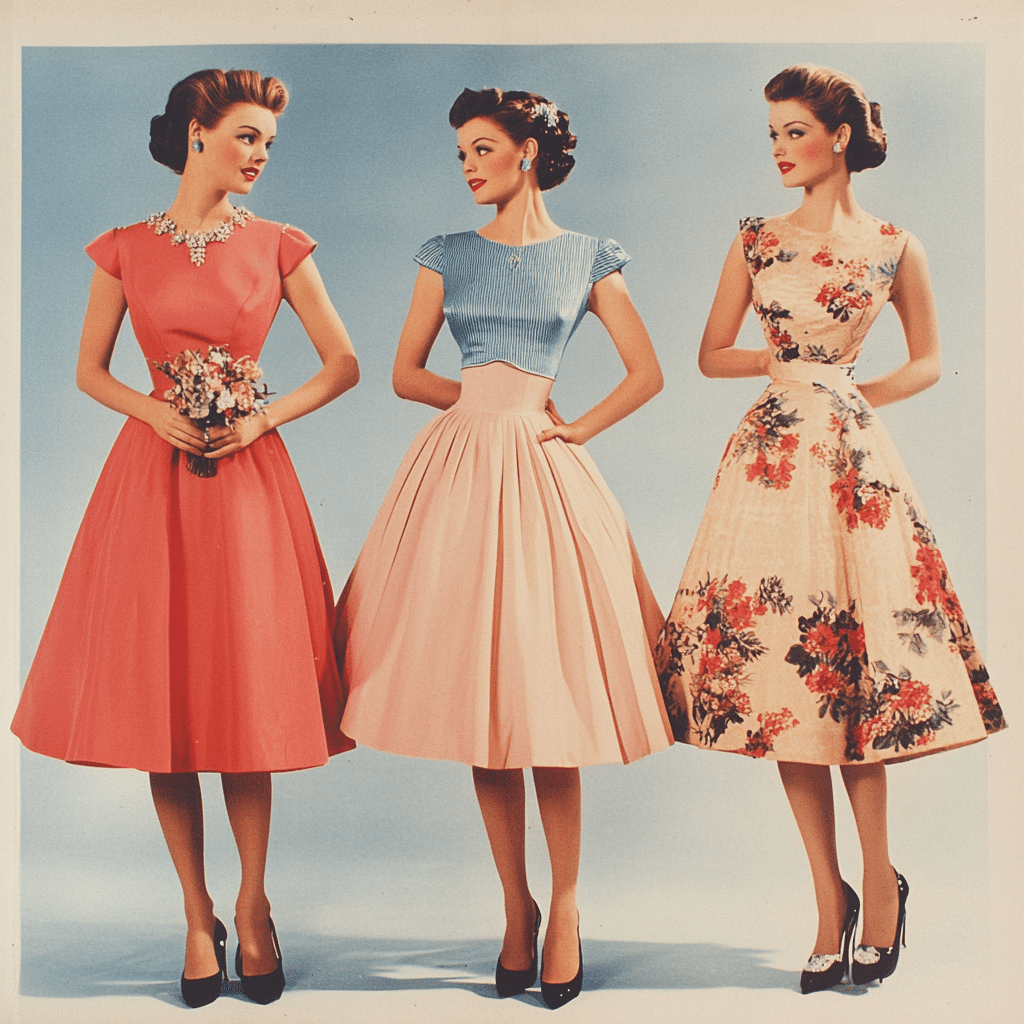
The 1950s was a decade of dramatic change, and nowhere was this more visible than in the world of clothing. After the austerity of the war years, 50s fashion burst onto the scene with vibrant colors, new silhouettes, and a sense of optimism. This era introduced iconic styles that continue to influence designers and capture our imaginations today. From the full skirts of Dior’s New Look to the rebellious cool of leather jackets, the decade offered a diverse and exciting wardrobe that celebrated both femininity and newfound freedom.
This guide will take you on a journey through the defining looks of the time. We’ll explore the key trends for women and men, the influential designers who shaped the decade, and the cultural shifts that made it all happen. You’ll discover why 50s fashion remains so beloved and how its timeless appeal still makes a statement.
Key Takeaways
- The 1950s marked a shift from wartime utility to postwar glamour and consumerism in fashion.
- Women’s fashion was dominated by two main silhouettes: the full-skirted, wasp-waisted “New Look” and the slender, form-fitting pencil skirt.
- Men’s fashion became more relaxed and expressive, with casual wear like polo shirts and khakis gaining popularity alongside traditional suits.
- Teenage culture emerged as a powerful force, creating its own distinct style with poodle skirts, leather jackets, and denim jeans.
- The legacy of 50s fashion is evident in modern trends, with many classic pieces remaining popular wardrobe staples today.
The Post-War Fashion Revolution
The late 1940s set the stage for the explosion of 50s fashion. In 1947, designer Christian Dior unveiled his “New Look,” which completely rejected the boxy, utilitarian styles of World War II. Dior’s collection featured dresses with rounded shoulders, cinched waists, and voluminous, mid-calf skirts. It required a huge amount of fabric, symbolizing a return to luxury and prosperity after years of rationing. This silhouette became the defining look of the early 1950s, emphasizing an hourglass figure that was seen as the height of femininity. It was a celebration of peace and a fresh start, allowing women to embrace elegance and glamour once more. This dramatic shift didn’t just change clothing; it changed how people saw themselves and the future.
Dior’s “New Look” and Its Impact
Christian Dior’s collection, officially named “Corolle,” was immediately dubbed the “New Look” by Harper’s Bazaar editor Carmel Snow. It was revolutionary. The style was characterized by soft, sloping shoulders, a prominent bust, an almost impossibly tiny waist, and a very full skirt that fell to the middle of the calf. To achieve this look, women wore structured undergarments like girdles, corsets, and petticoats to create the desired shape. The New Look was a dramatic and luxurious statement. It represented a longing for traditional femininity and a break from the masculine-inspired styles of the 1940s. While some criticized it for being restrictive, its popularity was undeniable, and it dominated the landscape of 50s fashion for years.
Iconic Women’s Styles of the 1950s
Women’s 50s fashion was wonderfully diverse, offering styles for every occasion, from housework to a glamorous night out. The decade is often remembered for its dresses and skirts, which primarily fell into two distinct silhouettes: the full-circle swing style and the narrow pencil skirt. Day dresses were essential, often made from practical cotton in cheerful prints like gingham, polka dots, and florals. For evenings, fabrics became more luxurious, with silk, satin, and chiffon taking center stage. The goal was always to present a polished and put-together appearance, with accessories playing a crucial role in completing any outfit. This era celebrated a very structured and intentional approach to getting dressed each day.
The Swing Dress and Poodle Skirt
The swing dress and its more casual cousin, the poodle skirt, are perhaps the most recognizable symbols of 50s fashion. The swing dress featured a fitted bodice and a full circle skirt that would “swing” out when dancing, making it perfect for the rock ‘n’ roll era. These dresses were popular for parties, dances, and even as everyday wear.
The poodle skirt was a youth-driven phenomenon. It was typically a wide felt skirt decorated with an appliqué, most famously of a poodle on a leash. However, decorations could include anything from musical notes to hot-rod cars. Paired with a blouse or a tight-fitting sweater, bobby socks, and saddle shoes, this became the unofficial uniform for teenage girls across America.
The Pencil Skirt and Wiggle Dress
Offering a complete contrast to the full skirt was the sleek and sophisticated pencil skirt. This style hugged the body from the waist to just below the knee, creating a long, slim silhouette. Because the narrow hem restricted movement, it often forced the wearer to walk with a characteristic “wiggle,” leading to the creation of the popular wiggle dress. Wiggle dresses and pencil skirts were seen as more mature and professional. They were often worn as part of a suit or paired with a tailored blouse or cashmere sweater. This look was championed by Hollywood icons like Marilyn Monroe, who personified its glamorous and sultry appeal.
Key Garments in a 50s Woman’s Wardrobe
Beyond dresses, a woman’s closet in the 1950s was filled with stylish separates that could be mixed and matched.
- Blouses: Often made of cotton or silk, blouses featured details like Peter Pan collars, pussy bows, and delicate embroidery. They were tucked neatly into skirts or high-waisted trousers.
- Sweaters: The twinset—a matching cardigan and short-sleeved sweater—was a wardrobe staple. Cropped cardigans were also popular for wearing over dresses.
- Capri Pants: Made famous by actresses like Audrey Hepburn, these cropped, slim-fitting trousers were a chic and modern choice for casual wear.
- Outerwear: Swing coats with wide sleeves and collars were designed to fit over full-skirted dresses, while tailored trench coats offered a classic alternative.
Men’s Fashion in the 1950s
While women’s fashion underwent a dramatic transformation, men’s 50s fashion evolved more subtly but just as significantly. The decade saw a growing divide between formal business attire and a new category of casual leisurewear. The “man in the gray flannel suit” represented the conservative, corporate look of the era, but outside the office, men embraced more color, pattern, and comfort. This shift reflected the rise of the suburbs, an increase in leisure time, and a desire for a more relaxed lifestyle. Style icons from Hollywood, like Marlon Brando and James Dean, also introduced a rebellious, anti-establishment look that would define a generation of young men.
From Business Suits to Casual Wear
The standard for professional men was the suit. Single-breasted suits in conservative colors like gray, navy, and brown were the norm. Trousers were pleated and had a fuller cut than today’s slim styles. A crisp white shirt, a tie, and a fedora hat completed the look.
However, the real innovation in men’s 50s fashion was in casual clothing. For the first time, men had a dedicated wardrobe for weekends and holidays. This included:
- Sport Shirts: Button-down shirts in bold patterns like plaids, checks, and abstract “atomic” prints.
- Polo Shirts: A comfortable and sporty option for warm weather.
- Knitwear: V-neck sweaters and cardigans worn over shirts.
- Trousers: Khakis and slacks in lighter colors became go-to choices for informal settings.
The Rise of the Teenager and Rebel Style
The 1950s was the decade the “teenager” was born as a distinct cultural and consumer group. Young people began to reject the conservative styles of their parents in favor of their own trends, fueled by rock ‘n’ roll music and rebellious film stars. This new youth-oriented 50s fashion was all about creating a cool, tough identity.
James Dean’s iconic look in Rebel Without a Cause—a white t-shirt, blue jeans, and a red windbreaker—became a uniform for rebellious youth. Marlon Brando’s role in The Wild One popularized the black leather motorcycle jacket, cementing it as a symbol of defiance. For the less rebellious but still fashion-conscious, the “preppy” or “Ivy League” look emerged, featuring chino pants, letterman sweaters, and penny loafers. This marked a clear separation between adult and youth fashion for the first time.
50s Fashion Accessories: The Finishing Touch
No 50s fashion look was complete without the right accessories. For both men and women, accessories were not an afterthought but an essential part of the ensemble, used to create a polished and cohesive appearance. They added personality, color, and glamour to every outfit.
Women’s Accessories
For women, coordination was key. It was common for a woman’s hat, gloves, handbag, and shoes to match.
- Hats: Small pillbox hats, wide-brimmed straw hats, and delicate fascinators were popular.
- Gloves: Short white cotton gloves were worn for daytime, while longer, elegant gloves made of satin or velvet were reserved for the evening.
- Handbags: Structured frame bags and small clutch purses were the most common styles.
- Jewelry: Pearl necklaces, clip-on earrings, and brooches were classic choices.
Men’s Accessories
Men’s accessories were more understated but equally important for conveying status and style.
- Hats: The fedora was the quintessential hat for men, though it began to fall out of fashion by the end of the decade.
- Ties: Ties became slightly slimmer than in the 40s and often featured hand-painted designs or geometric patterns.
- Eyewear: Horn-rimmed glasses became incredibly popular, adding an intellectual flair to any look.
Hairstyles and Makeup of the 1950s
The polished look of 50s fashion extended to hair and makeup. Women’s hairstyles were highly coiffed and structured. Popular styles included the poodle cut (a mass of short, tight curls), the elegant chignon, the pixie cut popularized by Audrey Hepburn, and the soft, pageboy style. Ponytails also became a favorite for younger women.
Makeup was glamorous and feminine. The signature look included a flawless pale complexion, arched and defined eyebrows, winged eyeliner (the “cat-eye”), and a bold red or pink lip. A touch of rosy blush on the cheeks completed the look, which was inspired by Hollywood starlets like Grace Kelly and Elizabeth Taylor.
The Legacy and Modern Influence of 50s Fashion

The influence of 50s fashion is undeniable and continues to echo in contemporary style. Designers frequently revisit the decade’s iconic silhouettes for inspiration. The fit-and-flare dress, a modern take on the swing dress, is a perennial favorite for its universally flattering shape. Pencil skirts remain a staple in professional and formal wardrobes, valued for their sophisticated elegance. Many modern resources, such as those found on sites like https://forbesplanet.co.uk/, often discuss how vintage trends are adapted for today’s market.
Even casual trends have endured. Capri pants are a summer classic, and the leather jacket remains a timeless symbol of cool. The clean, classic lines of the Ivy League look have evolved into the modern preppy style we know today. The enduring appeal of 50s fashion lies in its celebration of shape, its unapologetic glamour, and its timeless sense of fun and optimism.
How to Incorporate 50s Style Today
|
1950s Staple |
Modern Adaptation |
How to Wear It |
|---|---|---|
|
Swing Dress |
Fit-and-Flare Dress |
Perfect for weddings, parties, or weekend brunch. Pair with modern heels or flats. |
|
Pencil Skirt |
High-Waisted Pencil Skirt |
A workwear essential. Tuck in a silk blouse or a simple t-shirt for a more casual look. |
|
Capri Pants |
Cropped Trousers |
Wear with ballet flats and a striped shirt for a classic, chic vibe. |
|
Leather Jacket |
Moto Jacket |
Throw it over anything from a floral dress to jeans and a t-shirt for instant edge. |
Conclusion
The 1950s was a golden age for fashion, a decade that gracefully balanced elegance with a new sense of freedom and fun. It established timeless silhouettes and introduced a youth-centric style that forever changed the industry. From Dior’s glamorous New Look to the rebellious cool of the leather-clad biker, 50s fashion offered a rich and varied tapestry of trends that reflected the optimism and complexity of the post-war world. Its legacy is not just preserved in vintage shops and costume parties; it lives on in the clothes we wear today, proving that true style never really fades.
Frequently Asked Questions (FAQ)
What are the defining characteristics of 50s fashion?
The defining characteristics of 50s fashion include two primary female silhouettes: the full-skirted, cinched-waist look and the narrow, form-fitting pencil skirt. For men, it was a mix of conservative business suits and the rise of colorful, patterned casual wear. The era is also known for the emergence of a distinct “teenage” style.
What did women wear in the 50s everyday?
For everyday wear, women often wore day dresses made of cotton with cheerful prints like gingham or florals. They also wore separates, such as a high-waisted skirt paired with a blouse or sweater set. Capri pants became a popular casual option. No matter the outfit, a polished, put-together appearance was always the goal.
How did rock ‘n’ roll influence 50s fashion?
Rock ‘n’ roll music created a new youth culture that wanted its own fashion. The energetic music was perfect for dancing, making full circle skirts and swing dresses popular. The rebellious attitude of rock stars like Elvis Presley also influenced a tougher style for young men, including slicked-back hair, t-shirts, and denim.
What is the “New Look” from the 1950s?
The “New Look” refers to Christian Dior’s 1947 collection that became the dominant silhouette of the early 1950s. It featured rounded shoulders, a tiny cinched waist, and a very full, mid-calf length skirt. It was a luxurious and ultra-feminine reaction to the austere, masculine styles of the WWII era.


